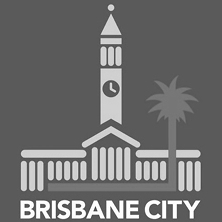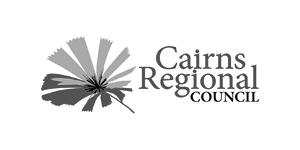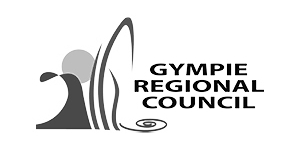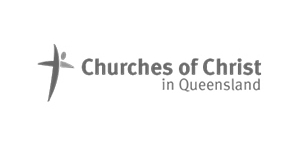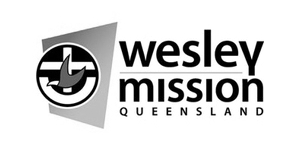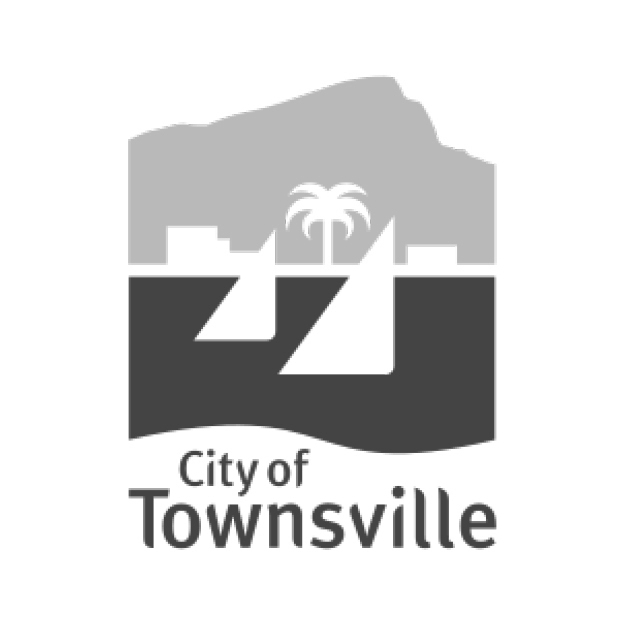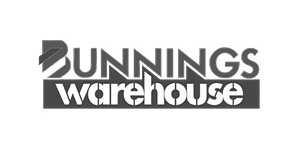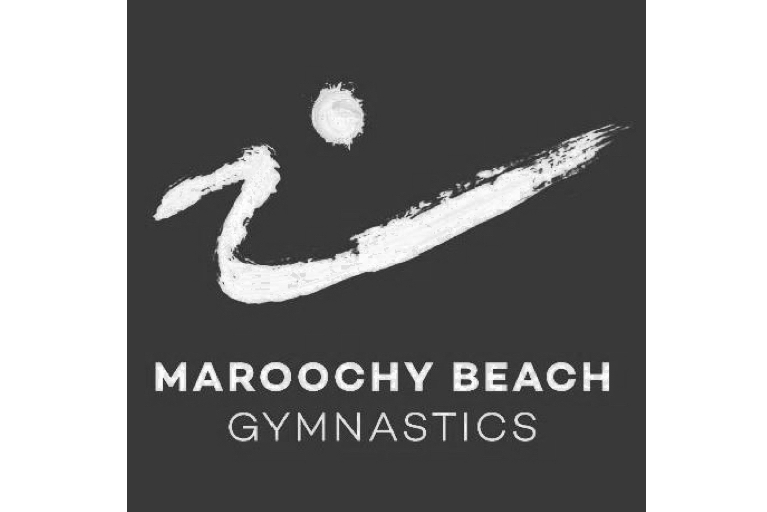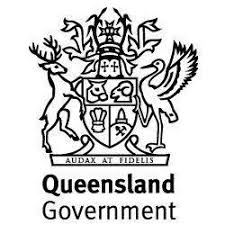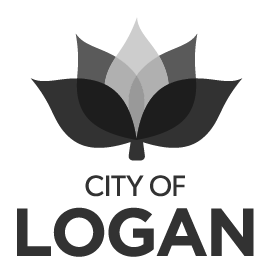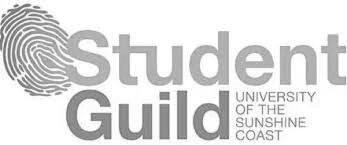A New Era for Community Museums
Melissa Driscoll
Many Councils are finding themselves responsible for the new era of community museums.
While this transition to Council management may bring fears of uncertainty – it is also an opportunity to secure a feasible and exciting future for our community museums. One thing is for certain, the old way of doing things is no longer sustainable.
As the years pass, the volunteer community members who lovingly curated collections and fought passionately to secure buildings to house the collections, are less in number. The few remaining baby boomers, now in their mid 70s, are finding it increasingly difficult to undertake collection care and cataloguing, despite the availability of new technology. Commonly, volunteers feel ill-equipped to refuse donated items or remove items from existing collections, and rightly so, as museum professionals undertake years of formal education to be sufficiently informed to do so.
Your typical community museum has a tin shed or three, located out the back of the museum proper, which are crammed to the rafters with items generously donated by community members with the best of intentions, rendering the buildings a workplace health and safety hazard, and providing a disappointing visitor experience. Occasionally, there are hidden gems of immense significance, however they are extremely hard to locate amongst the overwhelming volume of “displayed” objects.
So who inherits this legacy? Whose responsibility is it to ensure objects, documents, photographs and stories are available for generations to come so they can understand how people lived and how communities were formed, and gain knowledge, inspiration, wisdom, innovation and direction for the future?
The new generation of volunteers are absent from the typical community museum, so successional handover is infeasible. Maybe this is because the old way of doing things is unappealing to the generation that painted their walls white and joined Marie Kondo with a cult-like desperation to declutter. Or the next generation, who find nostalgia from flashbacks of digital images stored only on Instagram.
But don’t think these next generations don’t visit museums. Previous ABS census data has suggested that 25.5% of Australian adults visited a museum at least once a year, and 41% of children visited a museum or art gallery outside of school hours. Data from Museums NSW suggests that families make up 50% of metropolitan museum audiences and 33% of regional audiences.
The attraction of museums is reinforced by 2018/2019 visitation numbers from some of Queensland’s best museums - the Museum of Tropical Queensland, Townsville, Toowoomba’s Cobb+Co and the Workshops Rail Museum, Ipswich experienced annual visitor growth of 4%, 19% and 17% respectively.
So what of the future of community museums? In many communities, the responsibility sits with local government. Councils are often the lessors of the buildings the museums are held in, and seen as the organisations to step in when not-for-profit community organisations become untenable.
Regardless of whether you see museum management as an art or a science, fortunately for Councils, it is an industry in its own right, supported by specified guidelines and well-educated professionals. Now more than ever, museums and their collections need to ‘pay their way’, resulting in contemporary, visitor-focused approaches to drive success.
Where do you start when faced with the tin shed packed with an undetermined number of items and few volunteers left to curate a dazzling exhibition everyone wants to attend?
This daunting prospect is overlaid with the competing pressures of resource intensiveness and limited human resources, the high cost of proper storage to prevent object deterioration and sufficient floor space to exhibit the collection - along with the specific language of museum experts that recommend the likes of significance assessments, conservation management plans, interpretation plans and preservation assessments. Add some remaining highly-emotive and passionate community sentiment to the mix and Council officers may be left wondering why the doors just can't be jammed shut.
Strategic planning is vital to transition community museums to a new era with a new ‘manageable’ approach, where resources and costs are allocated commensurate with likely visitation and professionally-assessed object significance.
For community museums, strategic planning is the key to ensuring that amongst the mind numbing prospect of dealing with a possible >30,000 objects, the right thing is done first. Prioritised strategic actions can navigate through what can be a long but fruitful journey and, in parallel, ensure tactical heritage conservation and an attractive visitor experience, giving the next generations a chance to be a part of their community heritage.
Contact us to learn how CPR Group can assist with museum strategic plans.





